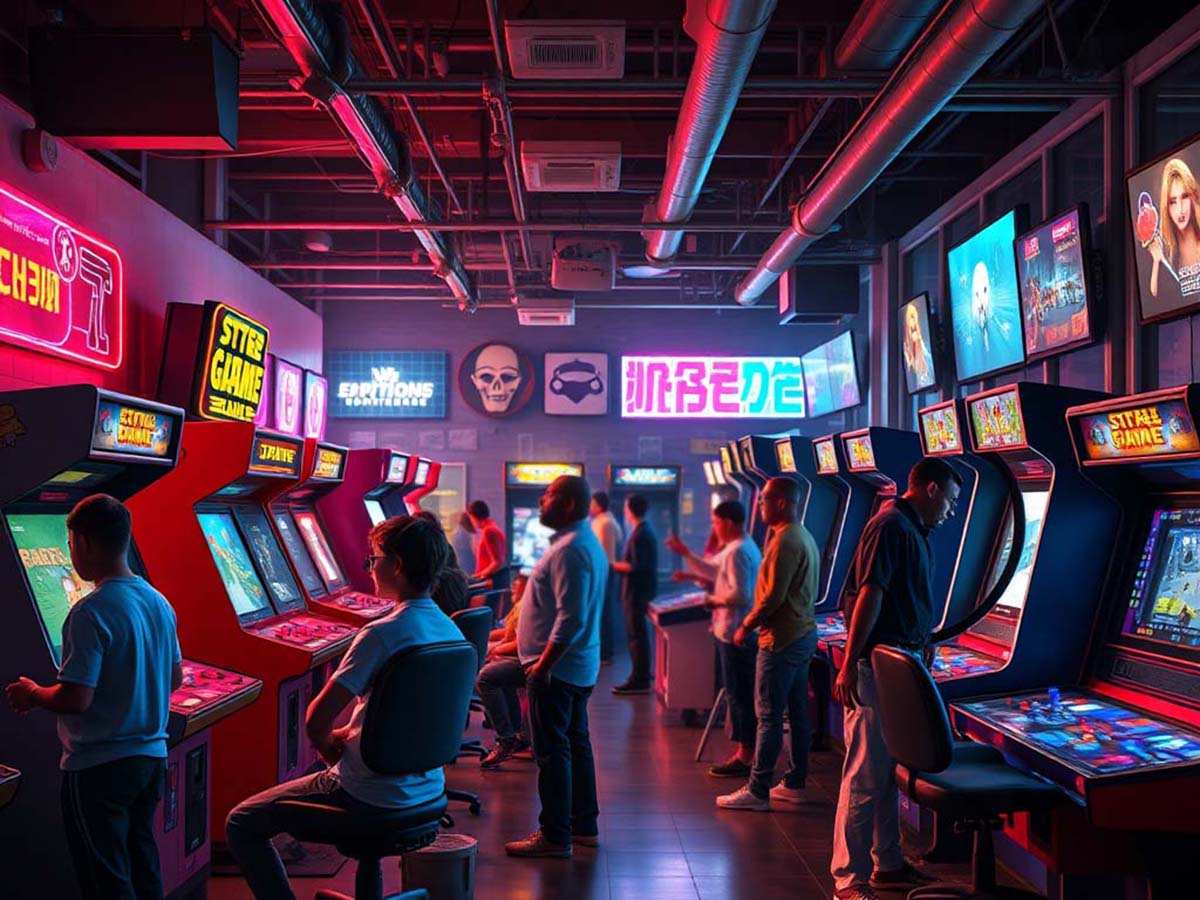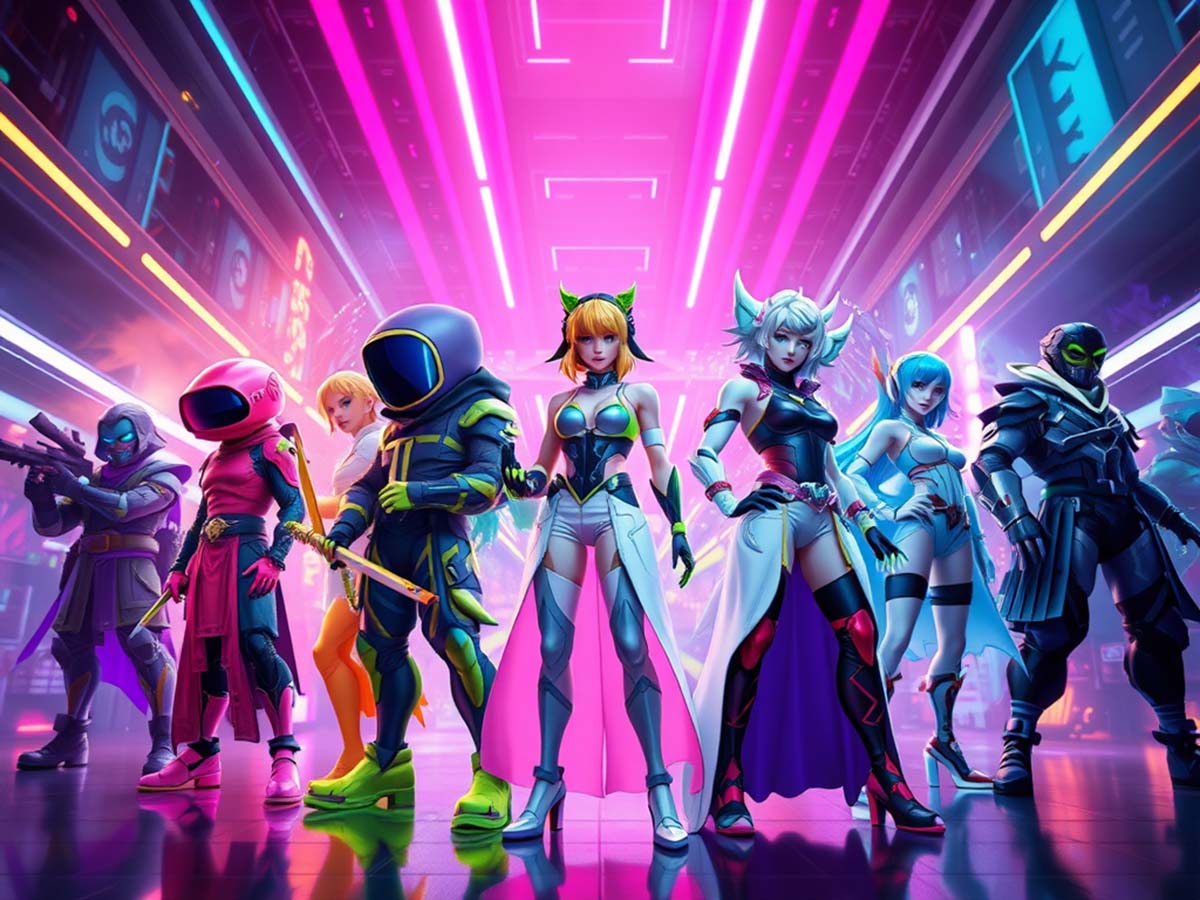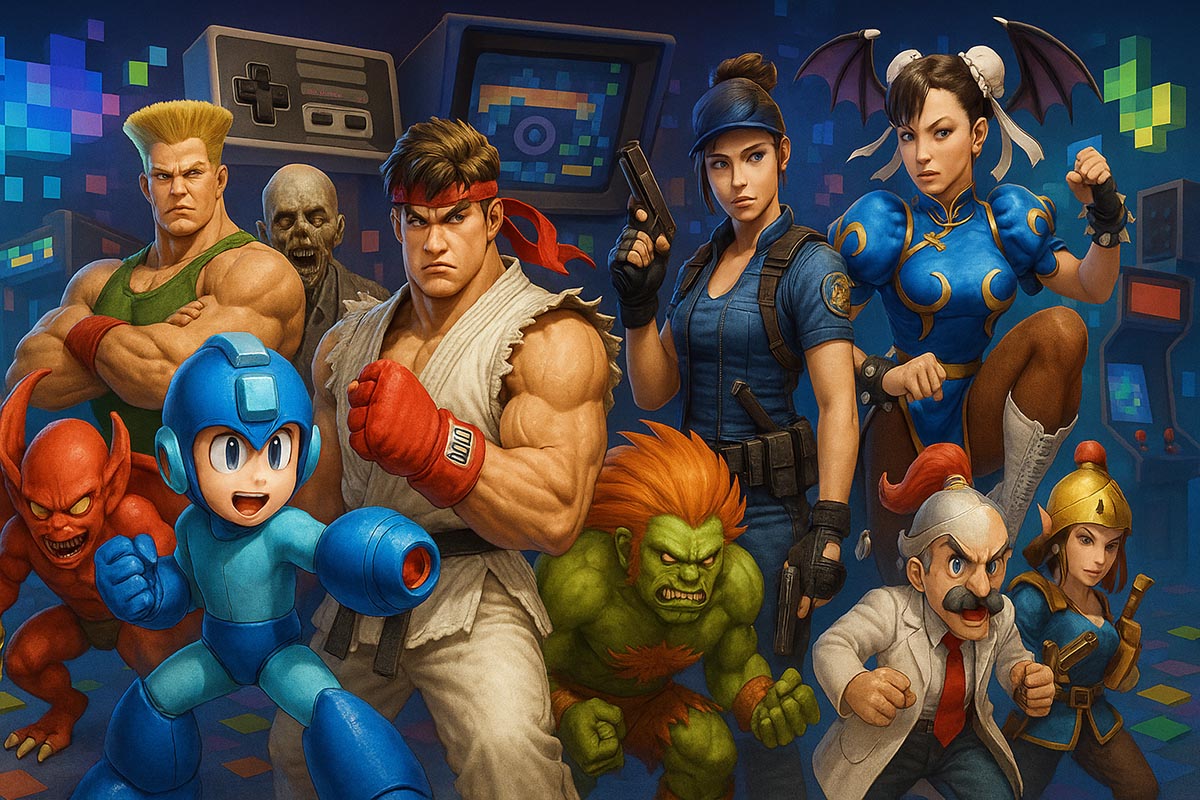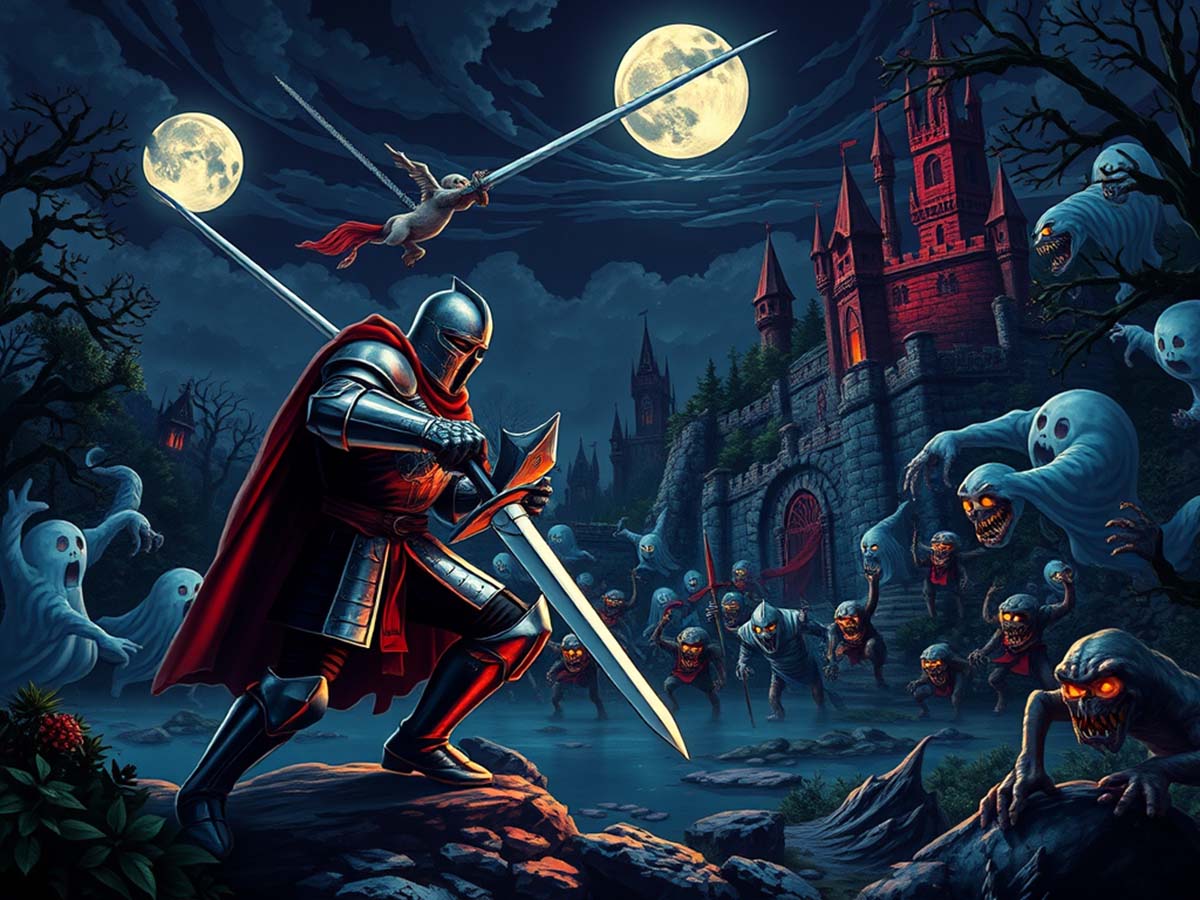Gaming has undergone a remarkable transformation, evolving from vibrant arcades filled with flashing screens and joystick battles to digital platforms that deliver immersive experiences at the touch of a button. What started as an industry fueled by coin-operated cabinets has become a global phenomenon, offering players unparalleled convenience and engagement. Despite these advancements, solitaire remains a prime example of a game that has transitioned seamlessly into the digital space while maintaining its original appeal.
The Rise of Arcade Gaming and Its Cultural Impact
Arcades defined an era, turning video games into a communal experience. Rows of cabinets in dimly lit rooms showcased pixelated battles, drawing in players eager to test their skills. These spaces became more than just places to play—they were cultural hubs where friendships were forged, rivalries were fueled, and leaderboards dictated who reigned supreme.
The impact of arcades stretched far beyond entertainment. They laid the foundation for many of today’s gaming mechanics and genres. Competitive gaming, now a billion-dollar industry, traces its roots back to the intense face-offs at arcade cabinets. The excitement of high scores and time-sensitive challenges continues to shape modern multiplayer gaming experiences.
During this era, companies like Capcom played a pivotal role in shaping action games, influencing future gaming trends. The Golden Age of Arcades and Capcom’s Influence established the groundwork for many iconic titles that remain relevant today.
The Shift from Cabinets to Consoles
As technology advanced, arcades gradually lost their dominance. Home consoles, offering convenience and an extensive selection of games, became the preferred platform for many players. The transition allowed gamers to enjoy their favorite experiences without the need for quarters or arcade tokens. Despite this shift, arcades persisted in some areas, drawing enthusiasts who sought a nostalgic or competitive edge that home gaming couldn’t replicate.
Developers adapted to this change by shifting their focus from arcade exclusivity to console compatibility. As hardware capabilities expanded, games that once thrived in arcades found a new home on cartridge-based and disc-based systems. This transition led to the rise of household gaming franchises, shaping an industry that continued to push technological boundaries.
Online connectivity further bridged the gap between arcade-style competition and home gaming. Leaderboards, matchmaking, and online tournaments recreated the communal and competitive nature that arcades once fostered, ensuring that the spirit of arcade gaming remained intact in the digital age.
How Classic Titles Adapted to New Platforms
Many legendary arcade titles successfully transitioned to home consoles while retaining their core gameplay mechanics. Street Fighter, for example, expanded its reach beyond arcade halls by embracing online multiplayer, allowing players to battle opponents worldwide. This adaptation ensured the franchise’s longevity and maintained its status as a premier fighting game series.
Beyond fighting games, platformers and shooters also made a seamless jump to home consoles. Mega Man and Contra adapted to evolving hardware, refining their graphics and mechanics while staying true to their roots. The emergence of digital downloads further solidified this shift, granting players instant access to classic titles without the need for physical cartridges.
Handheld consoles played a crucial role in preserving arcade-style gaming experiences. Portable versions of Tetris and Pac-Man introduced these classics to new audiences, ensuring that their legacies endured beyond traditional arcade settings.
The Digital Revolution and Gaming Accessibility
The transition from physical media to digital platforms has made gaming more accessible than ever. Cloud gaming and mobile applications have removed traditional barriers, allowing players to engage with their favorite titles without requiring specialized hardware. Digital storefronts have further facilitated the rediscovery of retro games, introducing timeless experiences to younger generations.
The rapid expansion of broadband internet paved the way for digital distribution. Services such as Steam, PlayStation Network, and Xbox Live enabled gamers to purchase and download titles directly onto their devices, eliminating reliance on physical copies. This shift also empowered independent developers, granting them direct access to global audiences without traditional publishing constraints.
Mobile gaming played a pivotal role in this digital transformation. Many arcade classics, including Pac-Man and Galaga, found new life as mobile adaptations, allowing players to enjoy nostalgic experiences on smartphones and tablets. This accessibility has ensured that these titles remain relevant, even decades after their initial release.
Preserving Classic Games in the Digital Era
With older hardware becoming obsolete, game preservation has become a pressing concern. Developers and gaming enthusiasts have turned to emulation, remastered editions, and digital re-releases to keep vintage titles alive. Online marketplaces now offer restored versions of classic games, ensuring their availability for modern audiences.
However, preservation efforts face challenges, particularly regarding licensing and legal restrictions. Many beloved titles have become inaccessible due to expired rights, unavailable hardware, or software compatibility issues. In response, companies have released mini consoles preloaded with classic games, allowing players to revisit their favorites without requiring original hardware.
Some developers have gone further by integrating modern features into classic games. AI-driven enhancements, improved graphics, and optimized gameplay mechanics have refreshed older titles while maintaining their nostalgic appeal. These adaptations ensure that retro gaming remains a vital part of the industry’s landscape.
How Competitive Gaming Grew from Arcades to Esports
Arcades provided the earliest competitive gaming environments, where players would engage in high-score battles and one-on-one showdowns. These interactions laid the groundwork for structured tournaments, eventually evolving into the multimillion-dollar esports industry seen today.
The rise of online gaming and streaming platforms significantly expanded competitive gaming’s reach. Improved internet infrastructure facilitated seamless multiplayer experiences, allowing players to compete against global opponents. Platforms like Twitch and YouTube Gaming enabled professionals to showcase their skills, drawing millions of viewers and securing sponsorship deals from major corporations.
Even as esports has evolved, arcade classics remain integral to competitive gaming. Tetris, Street Fighter, and other timeless titles continue to thrive within competitive circles, demonstrating the lasting impact of arcade-era mechanics on modern gaming.
The Future of Classic Games in the Digital Age
Classic games are continuously adapting to new technological advancements. AI-powered enhancements, virtual reality, and blockchain integration present opportunities for reimagining beloved titles in innovative ways. While these advancements push the industry forward, the principles established during the arcade era—engagement, challenge, and community—continue to shape game design.
One of the most promising developments in game preservation is the use of AI to upscale visuals and refine gameplay mechanics. AI-driven remasters allow older titles to feel refreshed without altering their core experiences, making them more appealing to contemporary audiences. Meanwhile, blockchain technology introduces new ownership models for in-game assets, potentially redefining how classic franchises are monetized.
The ongoing evolution of gaming highlights a delicate balance between nostalgia and innovation. While emerging technologies continue to reshape the industry, the foundation built during the arcade era remains a guiding force, ensuring that classic titles endure in the ever-changing digital landscape.



